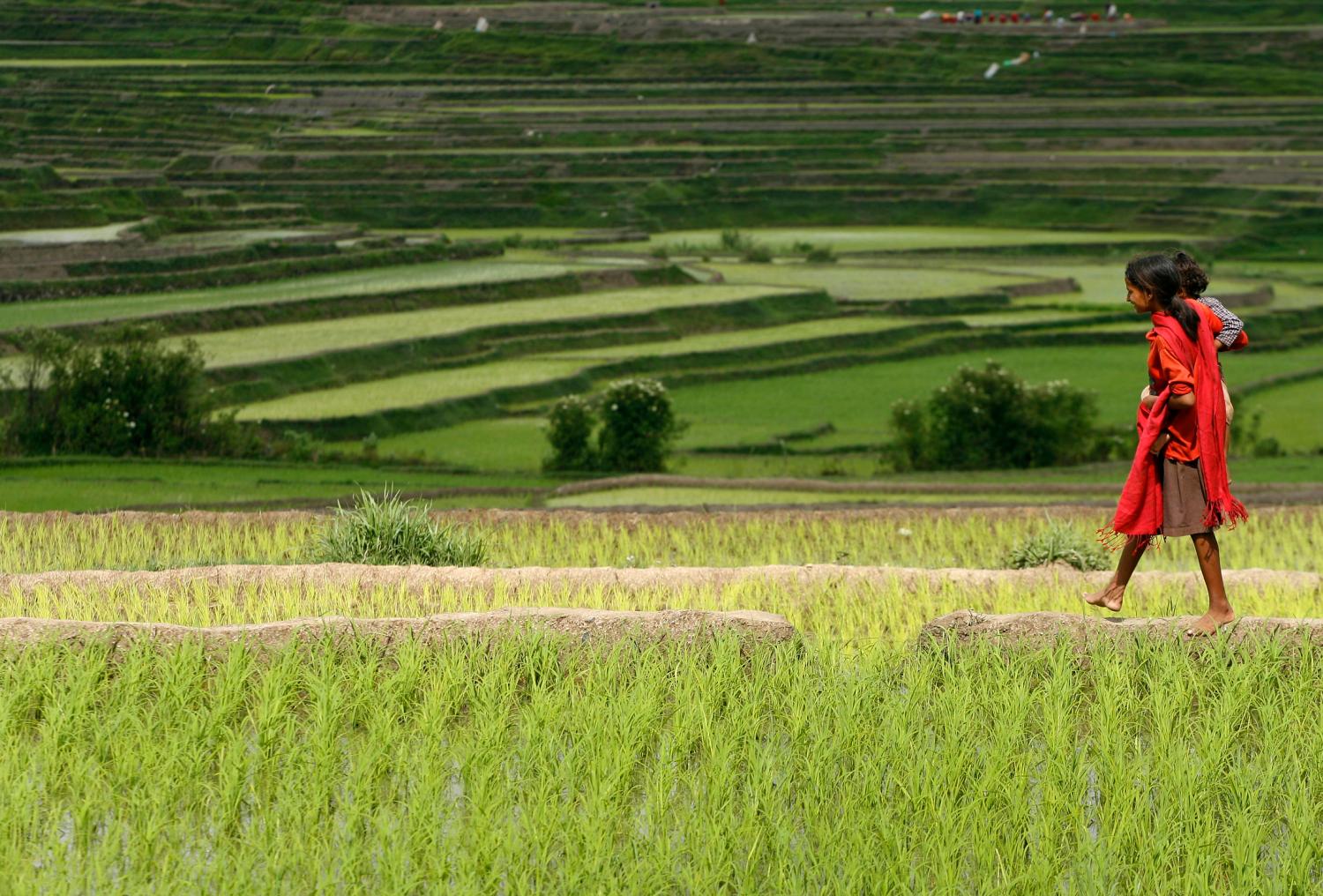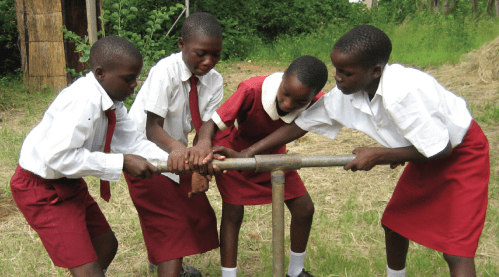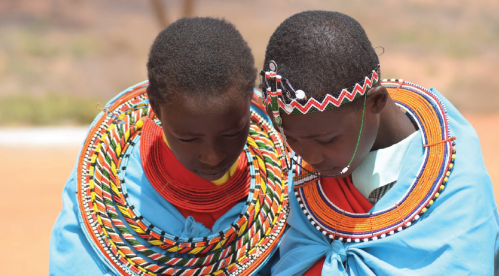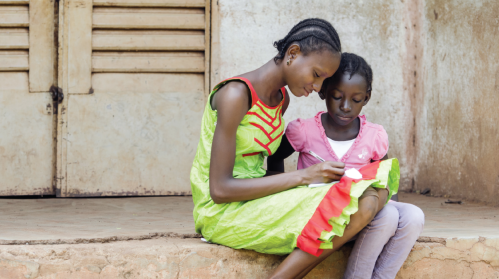Nepal has made some progress in enrolling girls in school, but retention and success are still big issues. Many girls from rural schools either drop out or fall behind in their studies when they reach high school. Some of the key barriers include: lack of information about body change and menstruation hygiene and management; absence of private and clean facilities in school; heavy workload at home; early marriage; and parents’ ignorance about the value of education for their girls.
In order to empower the adolescent girls from rural Nepal, a team of teachers, gender experts, physicians, nurses, and social workers implemented a 40-hour pilot training program with a focus on:
- Demystifying menstruation and physical changes.
- Suggesting ways girls can better manage their household chores and studies.
- Encouraging girls to assume leadership roles at school and in the community.
- Meeting with parents, teachers, and community members to discuss the problems girls face and to create an enabling environment for girls to study, attend, and stay in school.
Post-training feedback and a follow-up study suggest that the training was successful in bringing about some visible changes that include:
- Improved parental attitudes towards menstruation and parents’ supportive behavior.
- Enhanced study skills among girls.
- Improved sanitation facilities in schools.
- Increased interest among girls to take leadership roles in school and community activities.
This research, which takes stock of the pilot experiences and the global literature on girls’ empowerment programs, proposes to scale up the program by:
- Integrating adolescent changes and their management in the formal education curriculum and textbooks.
- Including gender responsive pedagogy in the in-service and pre-service teacher training programs.
- Expanding the training program to the other districts with the additional elements of English language and information technology support
Finally, the report emphasizes the need to form a broader alliance among girls’ education stakeholders so that the allocated resources can be best utilized through mutual sharing and collaborative initiatives.






